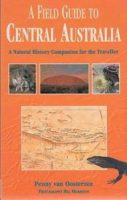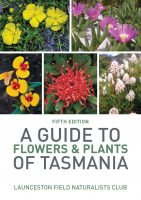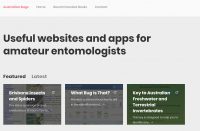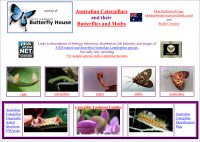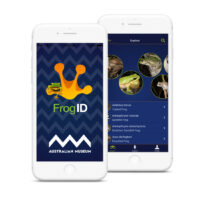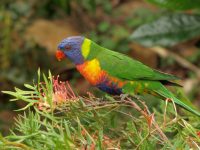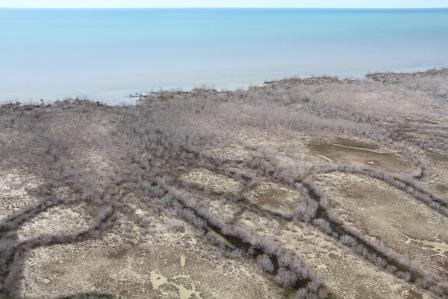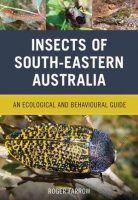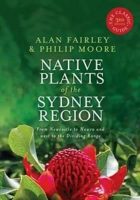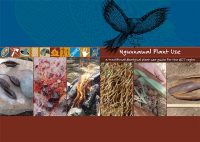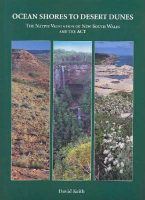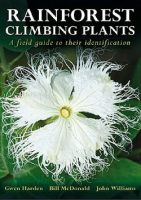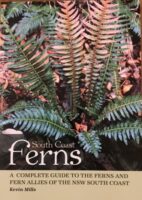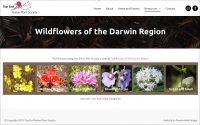Filter content by state and subject tag:
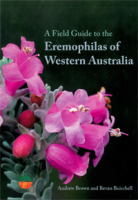
A Field Guide to the Eremophilas of Western Australia covers 186 formally described and named species of Eremophila that occur naturally in Western Australia. It also provides descriptions of 24 Eremophila species that have not yet been formally named. For each plant the authors provide excellent photographs and a species distribution map for Western Australia ...

A Natural History and Field Guide to Australia's Top End is an illustrated field guide to the top end of the Northern Territory. It describes the main habitats and commonly seen animals and plants in these ecosystems and contains many photographs. This is an excellent guide for naturalists who are visiting Australia's tropical north ...
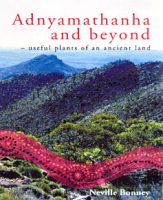
Adnyamathanha and Beyond: useful plants of an ancient land is about plants in the Flinders Ranges that are significant to the Adnyamathanha Aboriginal people in South Australia. These are the plants that have provided the Adnyamathanha people with plentiful food, medicine, craft and hardware supplies for thousands of years ...

Australian Native Plants: Cultivation and Uses in the Health and Food Industries gives an overview of native food crops commercially grown in Australia.
These include: Anise Myrtle, Bush Tomato, Desert Raisin, Davidson s Plum, Desert Limes, Australian Finger Lime, Kakadu Plum, Lemon Aspen, Lemon Myrtle, Muntries, Native Pepper, Quandong, Riberry, and Wattle Seed ...
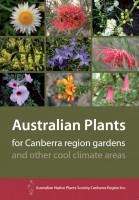
A book that overflows with colour
This book is written for Canberra region gardeners by Canberra region gardeners. It brings together over 50 years of gardening experience by past and present members of the Australian Native Plants Society—formerly the Society for Growing Australian Plants—Canberra Region. This is the fifth edition, extensively revised and now with illustrations for 934 described plants, with many more forms and cultivars listed. The Australian plants selected for this book are likely to grow well in the Canberra region and in other similar cool climate areas. More than one third of the Australian plants included are native to the Canberra region, while others come from elsewhere in Australia ...
This book is written for Canberra region gardeners by Canberra region gardeners. It brings together over 50 years of gardening experience by past and present members of the Australian Native Plants Society—formerly the Society for Growing Australian Plants—Canberra Region. This is the fifth edition, extensively revised and now with illustrations for 934 described plants, with many more forms and cultivars listed. The Australian plants selected for this book are likely to grow well in the Canberra region and in other similar cool climate areas. More than one third of the Australian plants included are native to the Canberra region, while others come from elsewhere in Australia ...

Rainforest Plants of Australia is an interactive identification key and information software package. It includes species descriptions and feature information to identify over 1100 species of rainforest trees, shrubs and climbing plants of mainland eastern Australia. These species may occur in a variety of rainforests from Rockhampton, in Queensland, to Victoria ...

Bushfires & Bushtucker: Aboriginal plant use in Central Australia is a comprehensive survey of desert plants and plant use in Central Australia (Northern Territory). The Pitjantjatjara, Warlpiri, Arrente, Pintupi and many other Central Australian Aboriginal peoples have shared their knowledge with lifelong Centralian Peter Latz to produce this lively and accessible book ...

eFlora Sydney — Vascular Plants of the Sydney Region is an interactive, dichotomous key to all species of vascular plants in the Sydney region. The identification keys, plant descriptions and botanical glossary have been adapted from the 5th edition of the Flora of the Sydney Region (Pellow, Henwood and Carolin 2009) ...

The Electronic Flora of South Australia aims to provide a comprehensive online account of the plants of South Australia.
The website includes several components: the Plant Distribution Mapper, the Census of South Australian Plants, Algae and Fungi, plant fact sheets (based on the 1986 edition of the Flora of South Australia), and plant identification tools ...

The Field Guide to Useful Native Plants from Temperate Australia has detailed descriptions of over 150 useful plants from Australia's temperate region. More than 600 colour photographs and drawings illustrate the plant descriptions. It contains information on a wide range of uses, such as food, fibre and medicines (including notes on preparation) ...
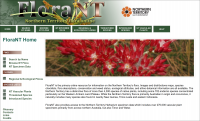
FloraNT — Northern Territory Flora Online is the primary online resource for information on the Northern Territory’s flora. Images and distributions maps, species checklists, flora descriptions, conservation and weed status, ecological attributes, and ethno-botanical information are all available. ...

Data on the NSW Flora online website are derived from the printed Flora of New South Wales, augmented with data from electronic sources maintained by the National Herbarium of New South Wales. The website contains plant descriptions, an index, and identification keys to families, genera and species ...

Rainforest Plants of Australia is an interactive identification key and information software package. It includes species descriptions and feature information to identify over 1100 species of rainforest trees, shrubs and climbing plants of mainland eastern Australia. These species may occur in a variety of rainforests from Rockhampton, in Queensland, to Victoria ...

WATTLE Acacias of Australia 2.2 is an online database to identify wattles (Acacia) species in Australia. It contains all known species that have been described to date (2018).
This is a great tool, but requires botanical knowledge and knowledge of the database, Lucid key, functionality. It is available free online ...
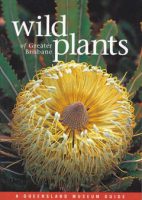
Brisbane and the surrounding region is one of the greenest urban environments in the world. About 2800 species of wild plants survive and mostly flourish in this region. Wild Plants of Greater Brisbane is a field guide to more than 500 species of Brisbane's most familiar wild plants. It describes and illustrates these species, and contains more than 1100 excellent colour photographs ...



